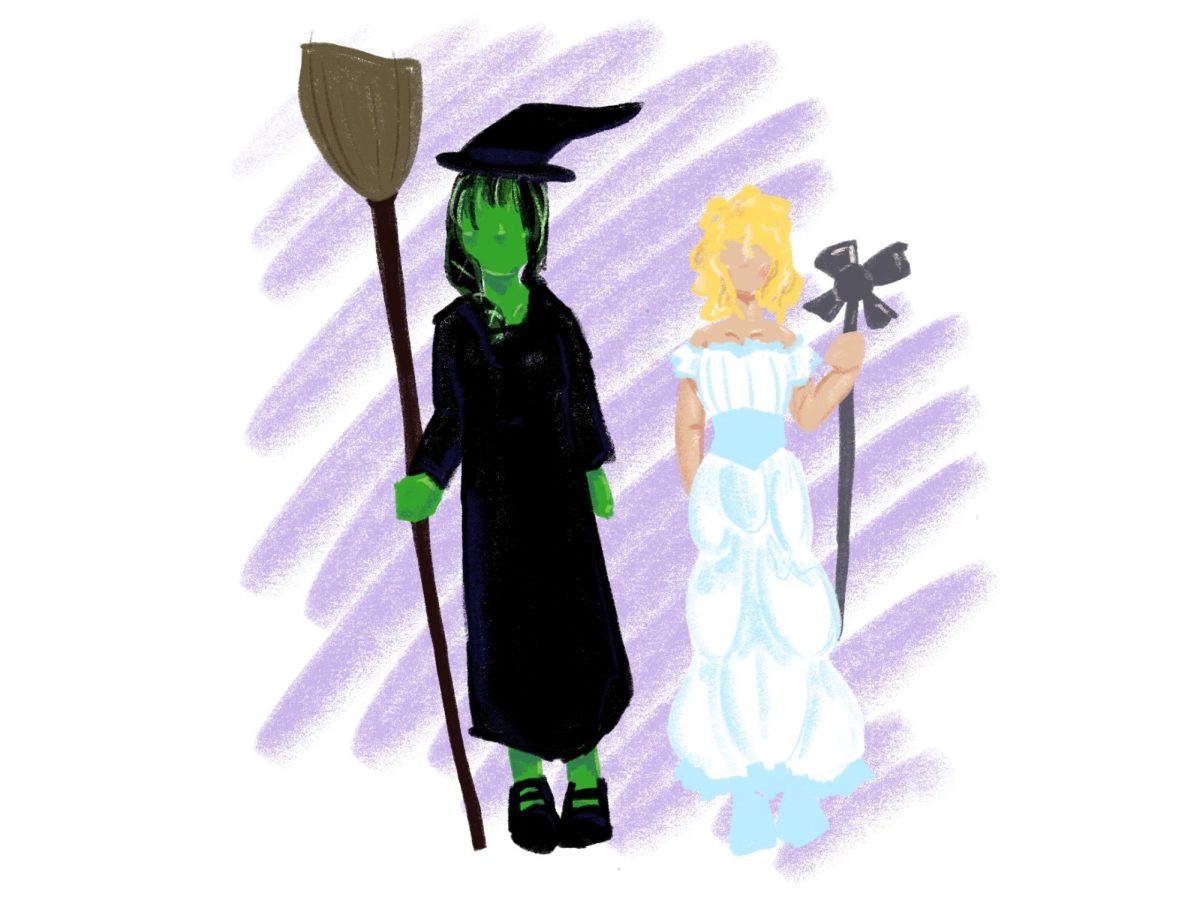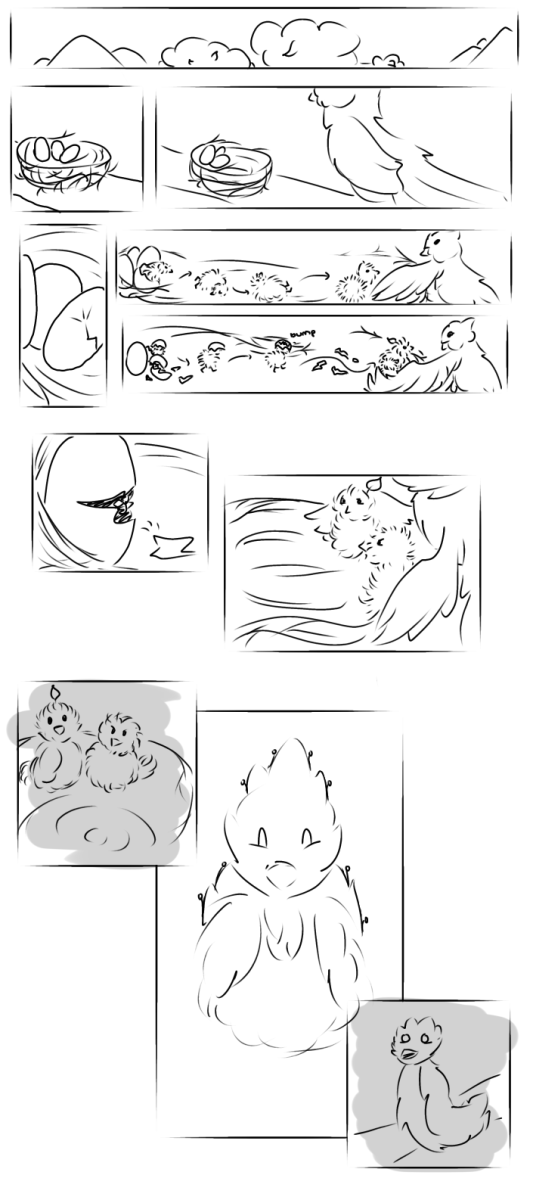Rosetta spacecraft landed on comet 67P
The Rosetta spacecraft has finally landed on Comet 67P.
Launched by the European Space Agency in 2004, Rosetta has been on a ten year trip to catch up to Comet 67P. Rosetta’s mission was to deliver the lander named Philae in hopes to study the comet’s nucleus and environment and to observe how a frozen comet changes as it nears the sun. Jean-Pierre Bibring, leading lander scientist said during a press conference, “We are anxious but excited. It is not every day that we try to land on a comet.”
Sadly, Philae had an unanticipated landing experience. Instead of having a smooth landing, Philae unexpectedly bounced twice before landing and after landing, problems soon arose.
Specifically, Philae’s harpoons never fired, so there will be no anchor holding the lander to the comet. Despite the setbacks, Stephan Ulamec, landing manager at the DLR German Aerospace Agency, commented on the landing, “Despite the unplanned series of three touchdowns, all of our instruments could be operated and now it’s time to see what we’ve got.”
Frightfully, two days after Philae’s touch down, the lander fell silent. Its solar batteries ran out of power on November 14, 2014. Unfortunately, Philae landed next to a cliff face on Comet 67P and the cliff face has shadowed Philae, therefore, not allowing Philae to recharge its solar batteries. Sylvain Lodiot, ESA Rosetta Spacecraft Operations Manager said, “One of the greatest uncertainties associated with the delivery of the lander was the position of Rosetta at the time of deployment, which was influenced by the activity of the comet at that specific moment, and which in turn could also have affected the lander’s descent trajectory.”
Luckily contact was finally made to Philae on November 15, and with that contact, Philae also delivered all of its housekeeping data as well as some scientific data from some of the instruments outfitted onto Philae.
Furthermore, the European Space agency has tried to maneuver Philea into a position with more solar exposure, but all attempts had failed due to the rapid depletion of energy. Since the attempt at moving Philae, there has been no further contact made, but the Rosetta spacecraft will still be in orbit with the comet. Stephan Ulamec, lander manager at the DLR German Aerospace Agency said, “We still hope that at a later stage of the mission, perhaps when we are nearer to the Sun, that we might have enough solar illumination to wake up the lander and re-establish communication. ”
Ultimately, the European Space Agency will be using the spacecraft to plan Philae’s final landing zone to give Philea optimal solar exposure. Flight Director Andrea Accomazzo said, “With lander delivery complete, Rosetta will resume routine science observations and we will transition to the ‘comet escort phase’.”
Regardless of the setbacks, the European Space Agency called this mission a success. There is no definitive answer as to how long the lander will remain on the comet, but there will be plans for the Rosetta spacecraft in the coming months to explore more distant orbits while also performing a series of fly-bys around Comet 67P.



























